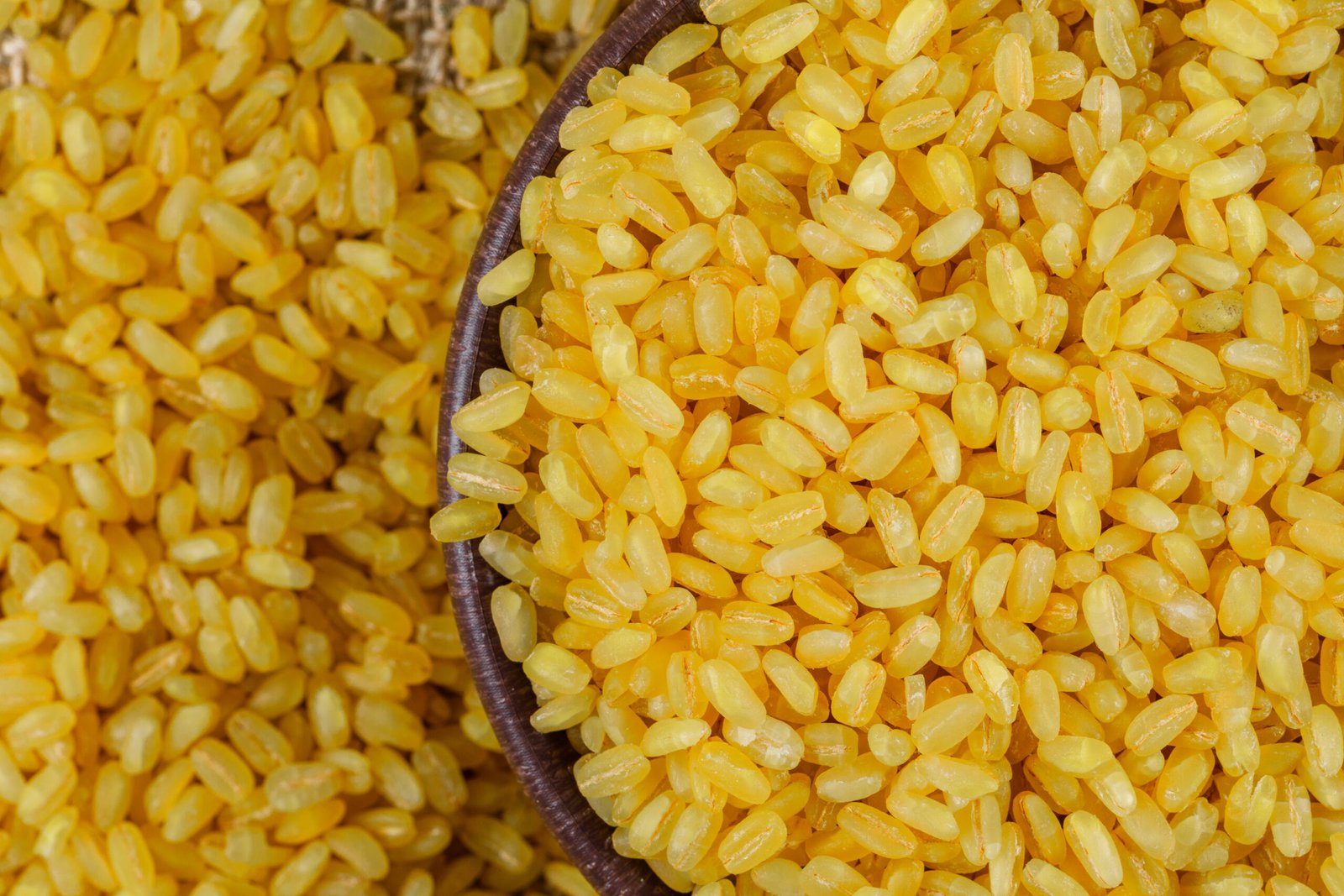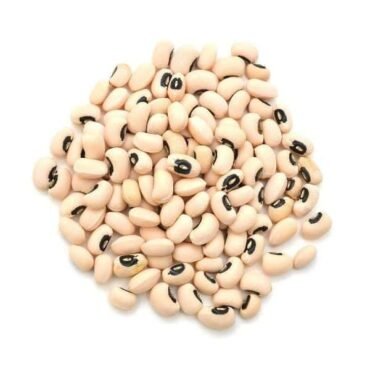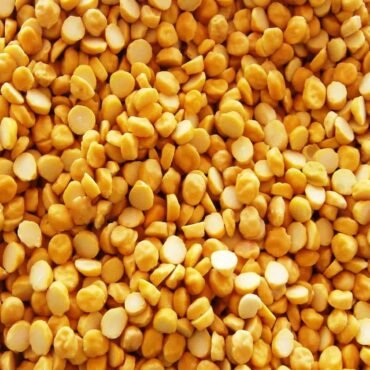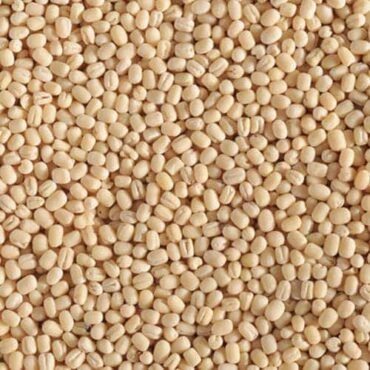Mung dal, also known as split green gram, is a widely used pulse in Indian households. It is obtained by splitting whole mung beans. Mung dal can be yellow or green, depending on whether the outer green husk is retained or removed. It is easy to digest and rich in nutrients.
Health Benefits:
Rich in Protein: Excellent plant-based protein source, ideal for vegetarians and vegans.
Easy Digestion: Light on the stomach, making it suitable for people with weak digestion.
Heart Health: Low in cholesterol and high in potassium, helping to regulate blood pressure.
Weight Management: Low in calories yet rich in fiber, keeping you full for longer.
Blood Sugar Control: Its low glycemic index helps stabilize blood sugar levels.
Boosts Immunity: Packed with vitamins like B-complex and essential minerals like iron, magnesium, and zinc.
Skin and Hair Benefits: Its antioxidant properties promote healthy skin and hair.
Culinary Use:
Soups & Stews: Moong dal is often boiled and used to make light, protein-rich soups that are easy to digest.
Dals (Lentil Curries): Cooked with spices, tomatoes, and onions to make comforting Indian dals served with rice or roti.
Khichdi: A wholesome, one-pot dish made by cooking moong dal with rice, vegetables, and mild spices — often served as a healing food.
Salads & Sprouts: Whole moong dal is soaked and sprouted for use in fresh, protein-rich salads.
Desserts: Used in sweets like moong dal halwa, a rich and flavorful Indian dessert made with ghee, sugar, and cardamom.





There are no reviews yet.